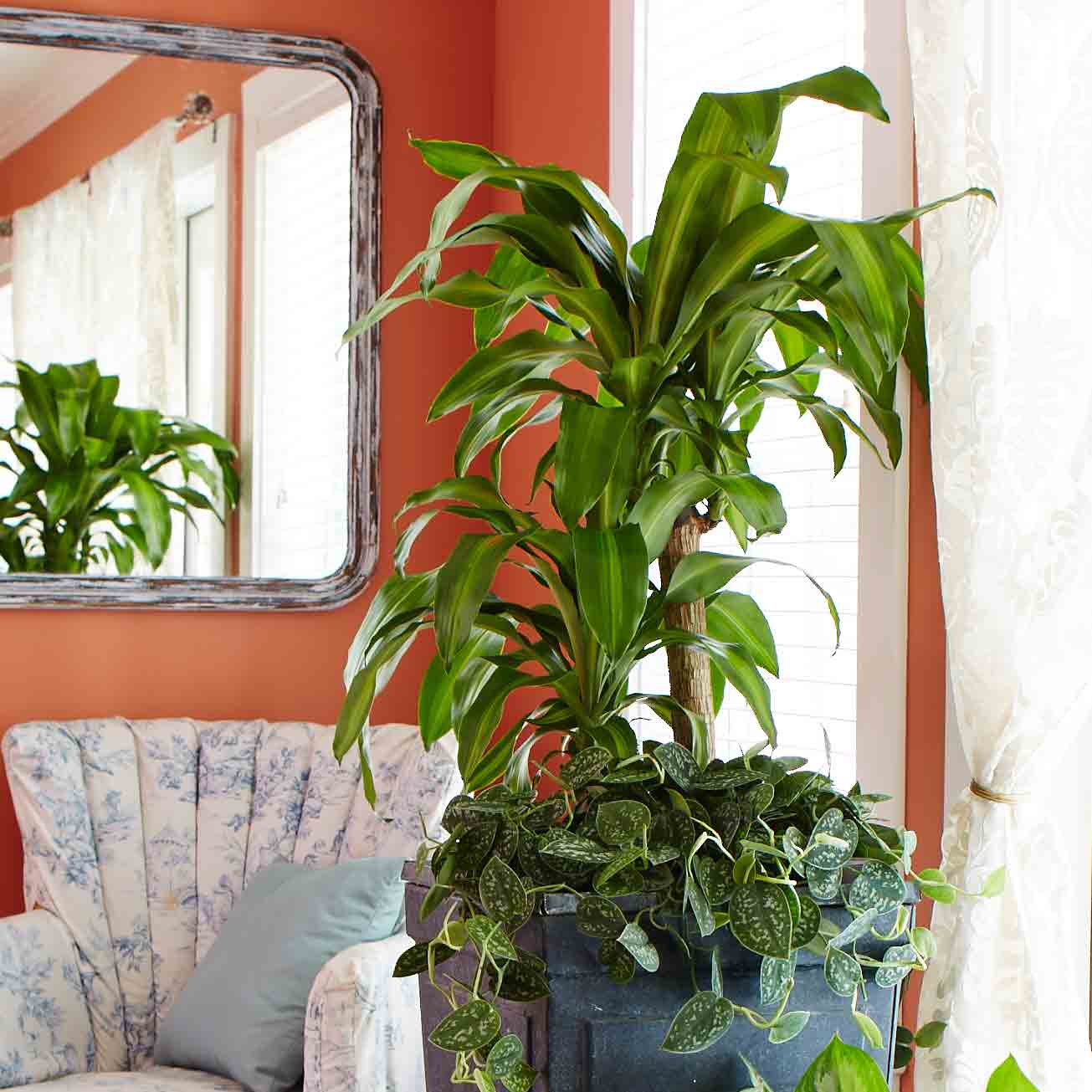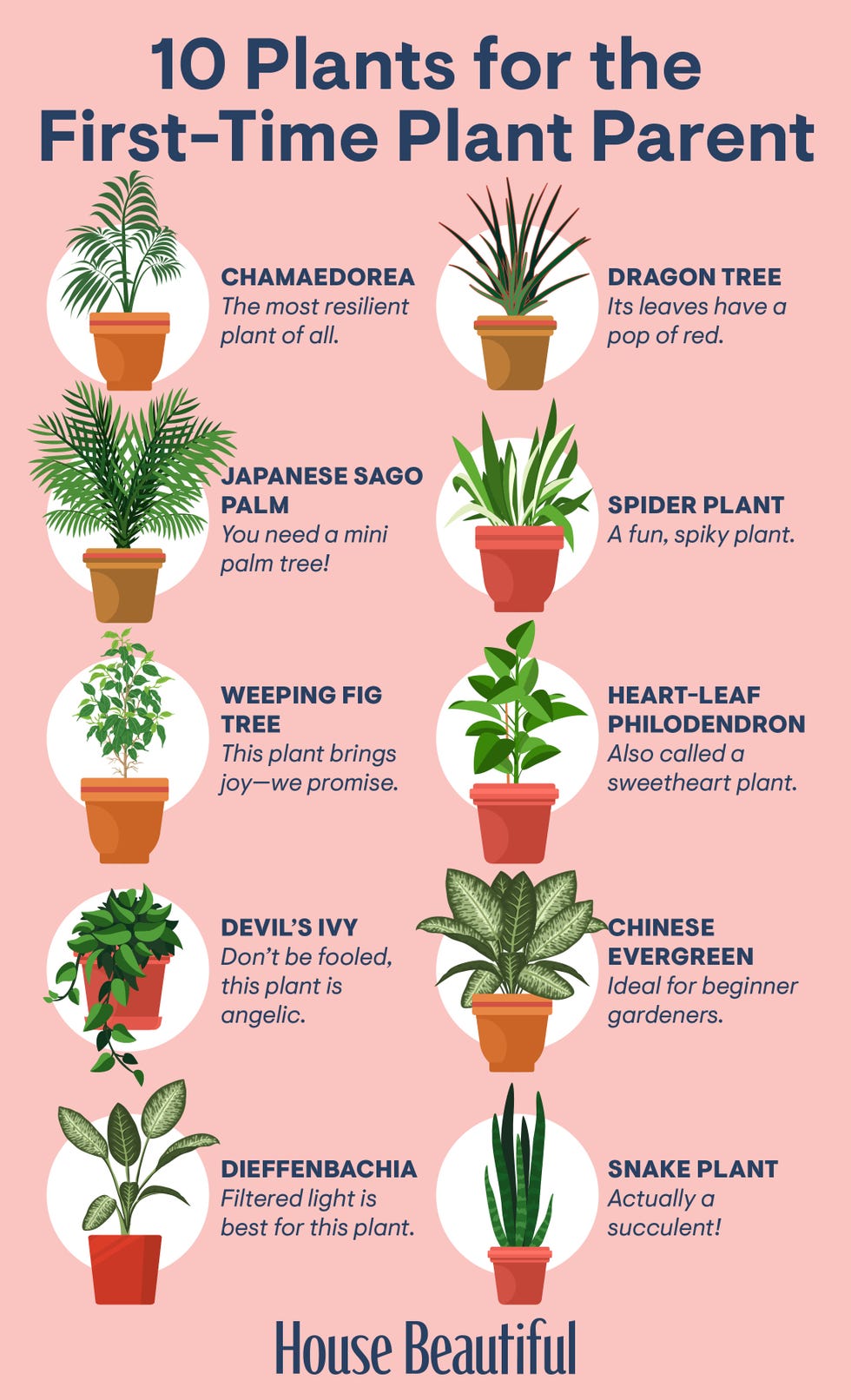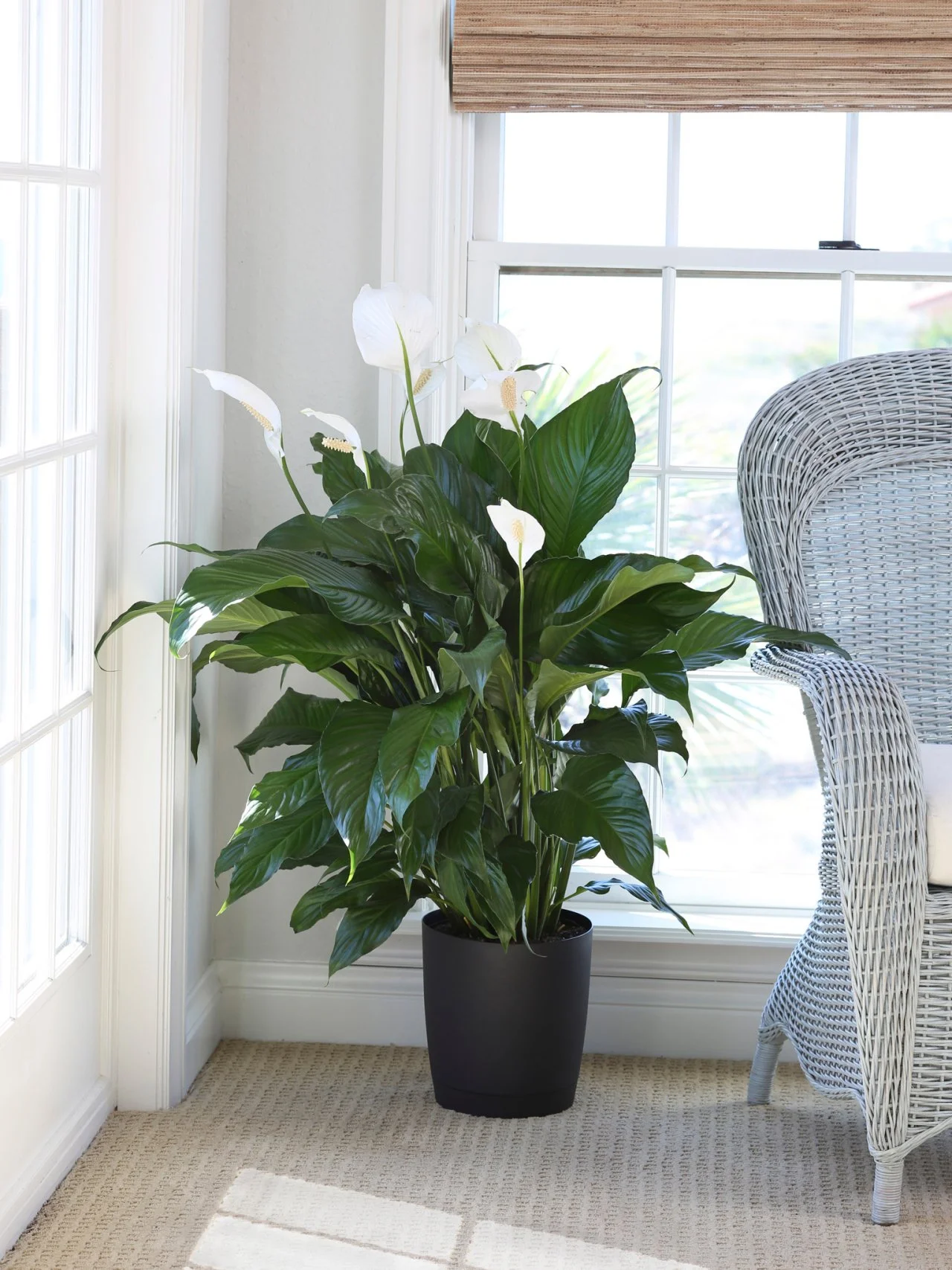The Best Low-Light Indoor Plants to Improve Your Home’s Air Quality
The Best Low-Light Indoor Plants to Improve Your Home’s Air Quality
Blog Article
Uncover the Secrets of Low-Light Indoor Plants and How They Enhance Your Environment
Low-light interior plants have actually gathered boosting interest for their distinct ability to boost both visual charm and ecological high quality within homes and workplaces. These resistant varieties, consisting of the Snake Plant and Tranquility Lily, not just flourish in challenging lights conditions yet additionally play an essential duty in air purification and psychological wellness.
Benefits of Low-Light Indoor Plants
Although lots of people presume that interior plants require abundant sunshine to grow, low-light indoor plants offer a plethora of benefits that make them excellent for numerous environments. Among the primary benefits is their flexibility; they can grow in spaces with restricted natural light, such as offices, cellars, or rooms with tiny windows. This function enables individuals to improve their environments with greenery, contributing to enhanced looks without the need for substantial lighting adjustments.
Moreover, low-light indoor plants can substantially boost indoor air quality by releasing and filtering system dangerous toxins oxygen, making living areas healthier. Study has revealed that specific varieties can absorb contaminants, hence promoting a cleaner environment. Additionally, they can boost psychological well-being by decreasing anxiety and boosting performance. The visibility of plants has been linked to better feelings of serenity and focus.
Moreover, low-light plants commonly need less upkeep than their sun-loving counterparts, making them excellent for hectic people or those brand-new to horticulture. Their durability enables them to love minimal intervention, thus offering a gratifying experience for plant fanatics and beginners alike. In summary, low-light indoor plants serve both aesthetic and practical objectives, making them important additions to any kind of space.
Leading Low-Light Plant Ranges
Low-light indoor plants come in a range of types, each offering special attributes and advantages fit for dark atmospheres. Amongst the most prominent ranges is the Serpent Plant (Sansevieria), recognized for its air-purifying capabilities and building fallen leaves. This resilient plant flourishes on disregard and can endure a vast array of light conditions.
An additional superb selection is the ZZ Plant (Zamioculcas zamiifolia), which includes glossy, dark green leaves and is highly drought-tolerant. Its versatility makes it a favored for offices and homes with minimal sunshine.
The Pothos (Epipremnum aureum) is additionally a leading challenger, with its tracking creeping plants and heart-shaped leaves - Best low-light indoor plants. This flexible plant can be trained to climb up or waterfall, including aesthetic interest to any type of space

Treatment Tips for Low-Light Plants
Taking care of low-light interior plants needs a nuanced understanding of their particular requirements to make certain optimum development and vitality. It is essential to choose the best potting mix, as a well-draining dirt is crucial to avoid origin rot. A mix developed for houseplants, typically containing peat moss and perlite, works well for most low-light selections.
Watering is another vital aspect of treatment. Low-light plants normally call for less constant watering contrasted to their sun-loving counterparts. It is a good idea to inspect the leading inch of soil; if it feels completely dry, it's time to water. Overwatering can cause complications such as mold and mildew and root decay.
Fertilizing must be come close to with care. Throughout the expanding season, a diluted liquid fertilizer can be applied monthly, but in wintertime months, many low-light plants go web link into dormancy and require little to no fertilization.
Lastly, it is necessary to occasionally cleanse the fallen leaves to get rid of dirt, enabling better light absorption. By adhering to these care suggestions, you can cultivate a growing setting for your low-light indoor plants, enhancing both their appearance and durability.
Enhancing Air High Quality With Plants
Indoor plants play a substantial function in enhancing air high quality within homes and office rooms. Through the procedure of photosynthesis, these plants absorb carbon dioxide and release oxygen, adding to a healthier atmosphere. In addition, specific low-light indoor plants have the capacity to filter hazardous contaminants, such as formaldehyde, benzene, and trichloroethylene, which are generally found in interior environments.

Additionally, the visibility of interior plants can increase humidity levels, which assists alleviate completely dry skin and respiratory system issues, additionally boosting total health. This ability to enhance air quality not only promotes physical wellness yet likewise supports mental wellness.
Incorporating low-light indoor plants right into your living and functioning spaces can result in a more invigorating and vivid atmosphere (Best low-light indoor plants). Purchasing these natural air purifiers is a simple yet reliable technique for boosting indoor air top quality and fostering a healthier way of living
Developing a Peaceful Indoor Room
The assimilation of plants into living areas not only improves air high quality yet also adds to a tranquil ambience. Low-light indoor plants, such as snake plants and pothos, are especially efficient in creating a calm environment, as they grow in conditions that might otherwise be unwelcoming for other plant. Their lush vegetation provides a soothing aesthetic, lowering stress and anxiety and advertising relaxation.
Including these plants right into your home or office can evoke a feeling of peace and well-being. Tactically positioning them in areas where you spend significant time, such as living workspaces or spaces, enables for an immersive experience with nature, which has actually been revealed to enhance state of mind and cognitive function.
Furthermore, the gentle motion of leaves in reaction to air movement can produce a vibrant visual aspect that enhances the total atmosphere. Think about using a selection of plant heights and appearances to add he said depth and passion to your room. With thoughtful positioning and care, low-light indoor plants can change any location right into a calm sanctuary, fostering not just visual fulfillment yet emotional and additionally emotional wellness.

Conclusion
Including low-light interior plants right into numerous environments returns substantial benefits, consisting of boosted air quality and improved visual appeal. The transformative power of low-light plants emphasizes their worth in improving both work and property setups.
Although many individuals think that indoor plants call for bountiful sunlight to flourish, low-light indoor plants provide a wide range of benefits that make them suitable for different atmospheres.In addition, low-light indoor plants can substantially boost indoor air high quality by filtering damaging toxic substances and releasing oxygen, making living spaces healthier. In addition, specific low-light indoor plants have the capacity to filter damaging contaminants, such as formaldehyde, benzene, and trichloroethylene, which are frequently discovered in interior atmospheres.
Low-light indoor plants, such as serpent plants and pothos, are particularly effective in producing a peaceful atmosphere, as they thrive in problems that might otherwise be unwelcoming for various other greenery.Including low-light indoor plants right into various settings returns significant advantages, including improved air high quality and boosted aesthetic charm.
Report this page